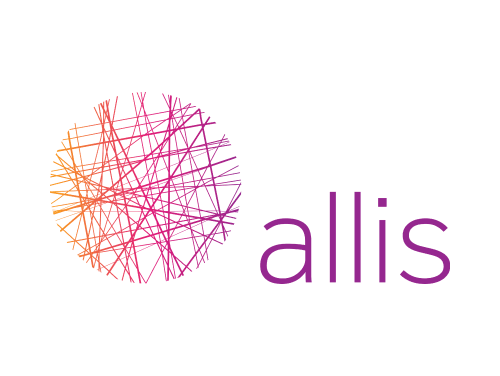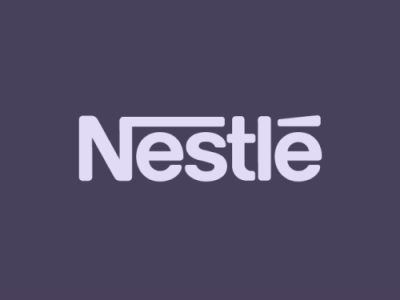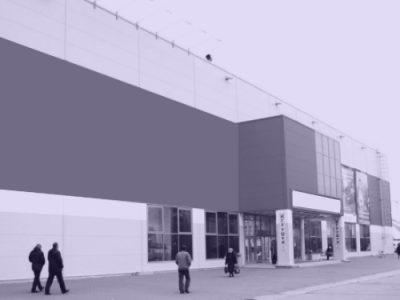Precision in Perfect Store execution
Our Clients
Committing to the success of our clients around the world
Some years ago, leading FMCG companies introduced the concept of a “Perfect Store.” This concept revolves around identifying key sales drivers within retail outlets, such as product availability, visibility, pricing compliance, and promotion. Subsequently, a set of corresponding Key Performance Indicators (KPIs) is established for measurement. These KPIs help assess the extent to which the current retail execution aligns with the ideal situation, hence the term “perfect store.”
Discover how Perfect Store Execution can transform your retail space and boost your sales—schedule a consultation with our experts today!
Each of the selected KPIs would have a certain weight proportional to its contribution to overall sales. Consequently, each outlet may receive a Perfect Store score (e.g., ranging from 0 to 100) based on the weighted sum of the measured KPIs.
The rationale behind employing this approach is twofold: first, to facilitate the measurement and management of store execution parameters that have the most significant impact on results; and second, to channel the efforts of field teams towards the most critical aspects, thus ensuring the efficient allocation of resources.
Image Recognition (IR) technology enables the utilization of the Perfect Store concept by replacing the manual input of KPI information with the analysis of shelf photographs and the automated calculation of KPIs.
As part of the analysis conducted by a prominent consultancy firm for a European FMCG client, out of the 20+ trade marketing KPIs, the following five are considered the most significant. Let’s explore how they can be evaluated using Image Recognition (IR) technology:
| KPI | Measurement using IR | Key benefits |
|---|---|---|
| 1. On-Shelf Availability/Out of Stock (OSA/OOS) – product availability based on the outlet's specific assortment matrix | The IR application analyzes the photographs and compares the list of identified products with one or several assortment matrices | Eliminates manual data entry and enhances measurement objectivity and precision |
| 2. Share of Shelf (SOS) refers to the space allocated to the company's products in comparison to the space allocated to the entire category | The IR application categorizes all products in a photograph and computes the share of shelf for the company's products within each of the target categories | It eliminates the need for manual input and enables KPI calculation, which is the only feasible approach in a large category |
| 3. Pricing compliance involves aligning the product price with a specified target price range | Price tags are identified, and the prices are matched with their respective SKUs on the shelf. Subsequently, the actual shelf prices are compared to the target price ranges | It helps in swiftly identifying price discrepancies for a large list of products. It is particularly crucial for retail chains where prices are determined at the outlet level |
| 4. Promotion compliance - alignment of actual prices and discounts with the previously agreed level | The system identifies the type of price tags (e.g., color, size, etc.), recognizes products that are "on sale" and discount level | The measurement of KPIs in key retail chains in the EU and the UK revealed a significant level of non-compliance with the agreed-upon promotion campaigns, enabling substantial savings in the promotion budget |
| 5. POSM materials availability – controlling placement of promotional materials and branded equipment | The system identifies various types of materials such as banners, shelf-talkers, and branded trade equipment, as well as the availability of products inside the equipment | Enables monitoring of in-store campaign execution and ensures compliance with the agreed-upon promotion timeline |
Here is an example of the automated calculation of a Perfect Store score using in-store photographs:

It goes without saying that the automatic calculation of KPIs may incorporate information derived from the analysis of in-store photographs and manual data input, rendering it a versatile solution capable of encompassing any set of Perfect Store KPIs. The comprehensive solution comprises a complete set of tools for both field teams and management, covering the entire Perfect Store management cycle: KPI configuration, field execution, result monitoring, and adjustments.
This is what the end-to-end Perfect Store management process may look like:
As such, IR technology offers the following additional benefits to the Perfect Store concept:
- It enables the automated calculation of outlet scores, which would otherwise be extremely challenging to perform manually. For instance, consider calculating the Share of Shelf in a category with hundreds of product faces. This automation streamlines the process, making it effortless and significantly faster.
- A mobile application powered by IR technology assists field team members in comprehending outlet objectives during visits. It showcases store-specific KPIs along with their target values, provides the current store score following the analysis of shelf photographs, and guides users on necessary improvements.
Making the implementation of the Perfect Store methodology more achievable than ever before is just one example of the many ways IR helps improve retail execution efficiency. Discover other potential applications here:
Success Stories
 Allis
Allis
 Coca Cola
Coca Cola
 Perfetti Van Melle
Perfetti Van Melle
 Nestle
Nestle
 Danone
Danone
 Mars
Mars
 Tarweej
Tarweej
 TOP 3 Retail Chain
TOP 3 Retail Chain
 Global Retail Corporation
Global Retail Corporation
 World’s Leading Manufacturer
World’s Leading Manufacturer
 Global FMCG Brand
Global FMCG Brand
 Leading Food Manufacturer
Leading Food Manufacturer
 Global Food Manufacturer
Global Food Manufacturer
 Global Coffee Manufacturer
Global Coffee Manufacturer
 Major Spirits Producer
Major Spirits Producer
 Global Pharmaceutical Brand
Global Pharmaceutical Brand
 Leading Food Manufacturer
Leading Food Manufacturer
 Global FMCG Brand
Global FMCG Brand
 Leading Food Manufacturer
Leading Food Manufacturer
 Leading Spirits Producer
Leading Spirits Producer
 Major FMCG Brand
Major FMCG Brand
 Major Coffee & Tea Manufacturer
Major Coffee & Tea Manufacturer




















